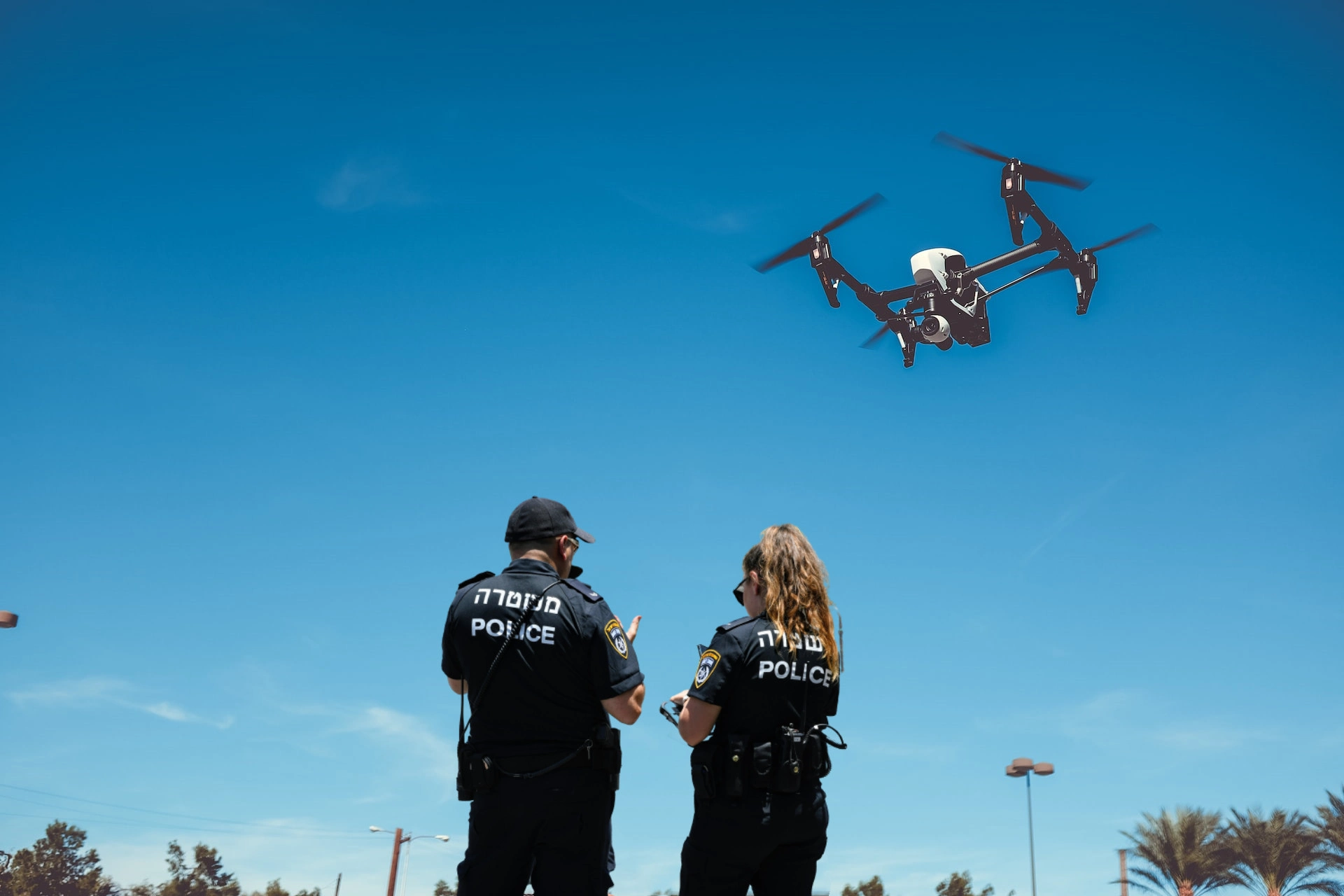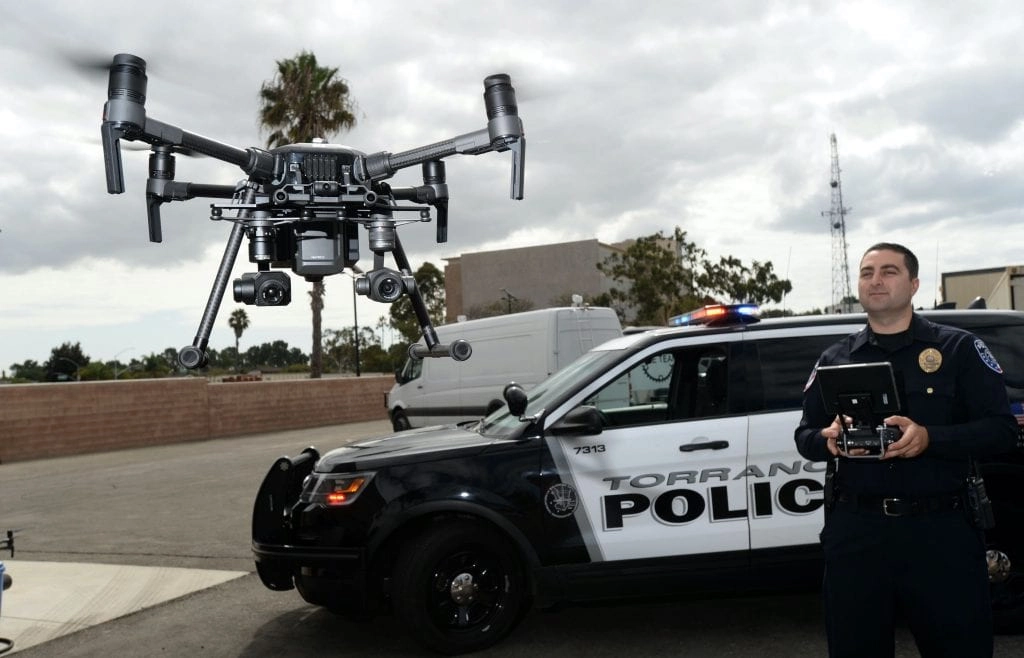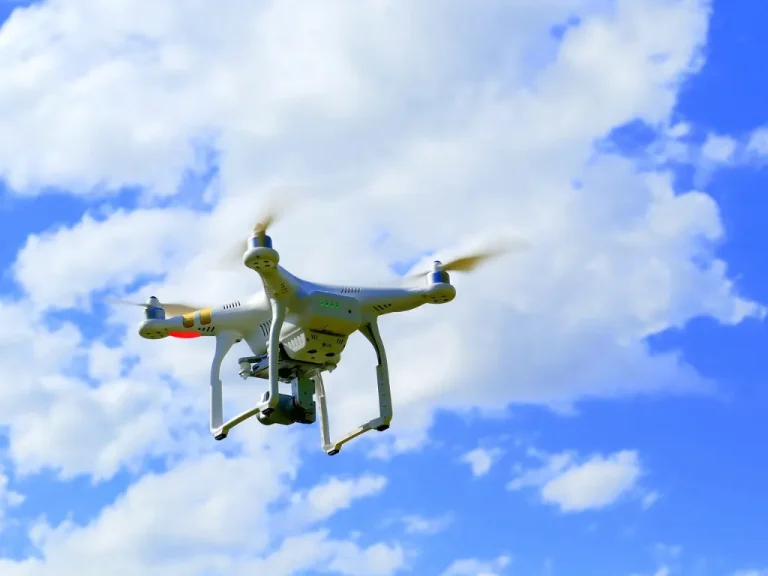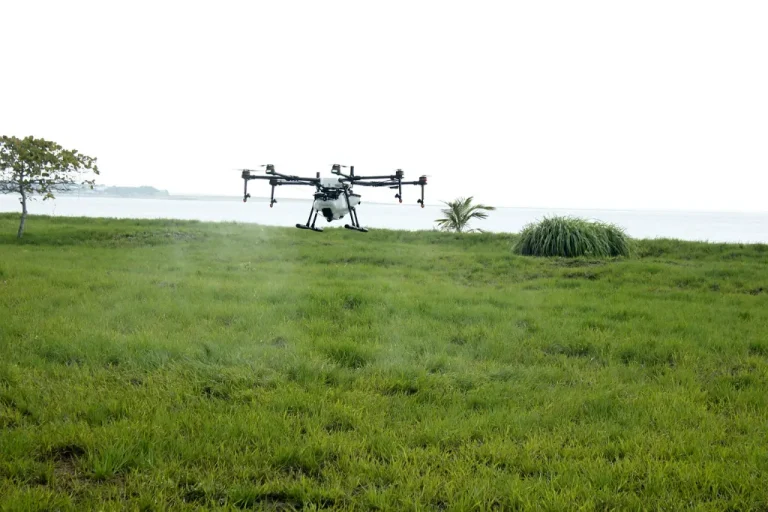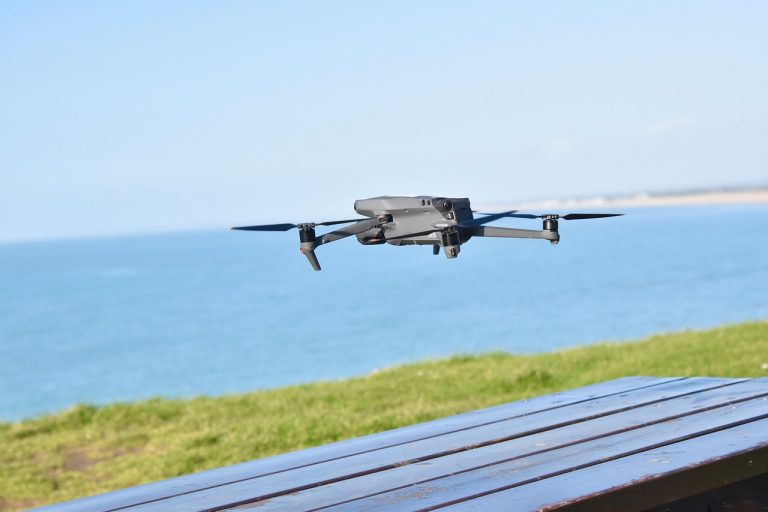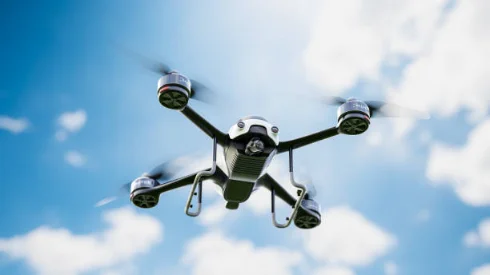Overview of Drone Integration in Law Enforcement
Drones, or unmanned aerial vehicles (UAVs), have totally changed how police, border guards, and rescue teams do their jobs. These flying tools keep people safer. They watch over places, track bad guys quietly, or bring help during emergencies. Drones give fast updates on what’s going on. This keeps workers out of danger. Today, drones are a big part of how police plan their work. They make things easier and less risky.
Advantages of Using Drones for Public Safety Monitoring
Drones are way better than old-school ways of keeping an eye on things. They can zip to tough spots like high rooftops, tight alleys, or bumpy lands. This means officers stay safe. Their sky-high view shows almost everything with no hidden corners. Plus, drones get moving quicker than ground teams or helicopters. They’re awesome for urgent stuff, like finding lost people or dealing with dangerous situations.
What’s more, drones record live videos. These can be looked at later for court or to train officers. This helps people trust the police. It also makes sure police follow the rules when they work.
Key Technologies Powering Modern Drone Application
Drones use cool gadgets to do their job well. They have GPS to find their way, AI to spot things, systems to fly by themselves, and super clear cameras. A super important part is the battery. High-energy lithium-ion batteries, with power from 270wh/kg to 340wh/kg, let drones fly for a long time. They work great, too. These batteries can handle up to 1000 charge/discharge cycles. That means they stay strong for tough jobs.
Enhancing Real-Time Surveillance Through Drone Application
Aerial Monitoring and Wide-Area Coverage Capabilities
Drones are amazing for watching from above. They can float over big crowds, like at protests or fairs, and catch problems early. Their big view beats regular cameras or walking patrols. Drones show a clear picture of busy spots. This lets police handle events with fewer workers while staying in control.
Real-Time Data Transmission and Situational Awareness
Drones have wireless systems and can fly on their own. They send live info to control rooms. UAVs can watch places for hours without costing much. Some spots are too hard for people to reach. Drones share live pictures and videos. This helps bosses make quick choices in emergencies. They can see what’s happening and plan better.
Night Vision and Thermal Imaging for 24/7 Surveillance
Lots of drones have night vision cameras. They also have thermal imaging. These help drones see movement or heat, even in pitch-black or smoky areas. This is super helpful for finding people during rescues or patrolling at night.
Operational Efficiency and Cost-Effectiveness of Drone Use
Reducing the Need for Ground Patrols
Drones take care of boring watching tasks. One drone can cover tons of ground fast. This would take lots of officers hours to do. With drones, police can use workers for bigger jobs. This saves time and hard work.
Lower Operational Costs Compared to Traditional Methods
Drones are much cheaper than helicopters or planes. They use little or no fuel if they’re electric. They don’t need much fixing and don’t need pilots. As an unmanned aerial vehicle, a UAV is small, cheap, and simple to use. It works great in all kinds of places.
Rapid Deployment in Emergency Scenarios
In emergencies like disasters or crimes, every second counts. Drones can take off in minutes. That’s way faster than sending out teams or big planes. Quick action helps in tough spots, like hostage situations or floods.
Applications of Drone Technology Across Public Security Scenarios
Crowd Control and Event Monitoring
At huge events like concerts or rallies, drones keep things under control. They watch from the sky and spot crowd trouble early. This stops problems from getting big. Drones can also track people using facial recognition if hooked up to safe systems.
Border Patrol and Perimeter Surveillance
Drones help protect borders in faraway places. These areas are tough to reach because of rough ground. Drones fly on set paths and don’t get tired. This gives steady watching, unlike people who might mess up.
Disaster Response and Search & Rescue Operations
Drones are heroes in disasters. They find people stuck under rubble or in flooded spots. UAVs fly fast and move easily. They get to accident sites quick. They check and search fast. This gives rescue teams key info. Plus, live pictures and videos from above help bosses make smarter choices.
Challenges and Considerations in Implementing Drone Application
Regulatory Compliance and Privacy Concerns
Drones have to follow strict flying rules from groups like the FAA (U.S.) or EASA (EU). Also, people worry about their privacy. There’s a push for clear rules on how drone videos are kept, used, and shared. This matters a lot near homes.
Training Requirements for Effective Deployment
Flying fancy drones takes special training. It’s not just about steering them. Officers need to know airspace rules, emergency plans, how to handle data, and even cybersecurity. This makes sure drones are used right and safely.
Maintenance, Upgrades, and Battery Lifecycle Management
To keep drones running great, they need regular checks. This includes propellers, cameras, and batteries. Use the right charging tools every day. Keep battery temperature and charging spots in check. Don’t charge too long. This can hurt batteries over time.
For example, SY-14S-51.1V-31Ah batteries have high energy density (295wh/kg) and last for 1000 cycles at 100% DOD. They’re perfect for tough public safety jobs needing steady power.
FAQs
- How is drone application transforming public security?
Drone application makes live watching better. It lowers danger with tools like GPS and thermal imaging. - What makes drones cost-effective compared to traditional methods?
They save money on fuel compared to helicopters. They start fast and need fewer workers. - Are there any legal restrictions on using drones for surveillance?
Agencies must follow flying laws. They also protect people’s privacy under legal rules. - Can drones operate effectively at night?
Night vision and thermal imaging help drones see in the dark or through smoke. - What kind of batteries support extended drone missions?
Strong lithium-ion batteries like SY-6S-21.6V-39Ah with 306wh/kg energy density power long flights for safety jobs.
For folks wanting better UAV power for public security, get in touch today. Learn about Taixing Shengya Electronic Technology Co., Ltd’s custom high-energy lithium-ion battery packs. They’re made with safety-first design.

